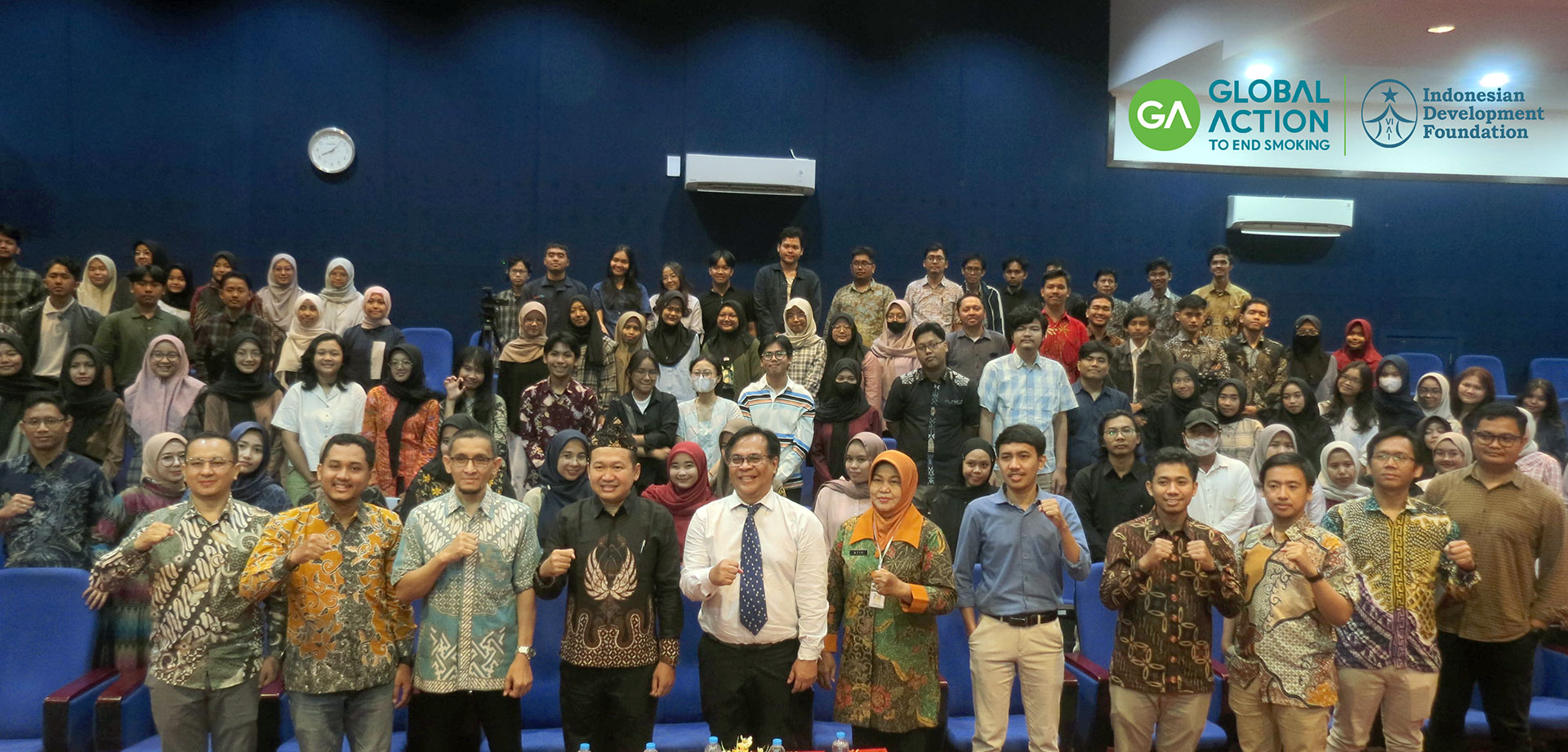RESEARCH DISSEMINATION SEMINAR - Semarang

The Research Dissemination Seminar was supported by Diponegoro University. With the theme was "Consumers' Perception and Decision-Making Regarding Tobacco Harm Reduction Products (THRPs): Preliminary Evidence from a Discrete Choice Experiment in Indonesia, this study aimed to understand consumer behavior and decision-making about combustible cigarettes (CC), electronic cigarettes (EC), and the desire to quit smoking. It focused on how smokers choose cigarette types based on nicotine content, warning labels, price, and taste/aroma. It also looked at how current policies affect cigarette choices.
The study used Linear Probability Models (LPM), Logistic Regression, and McFadden’s Conditional Logit Regression for data analysis. A survey was conducted with 627 respondents from Indonesia, mostly men (89.5%) aged 25-39 (59.5%). Most respondents smoked daily (79.3%), and more than half were considering quitting in the next six months (58.1%). On average, they had used e-cigarettes in the past 12 days. More than half of the respondents had a bachelor's degree (51.4%), 64.3% worked full-time, and 80.1% lived in urban areas.
The results showed that cigarette prices had a significant negative effect on smoking choices for both CC and EC. As CC prices increased, fewer people chose traditional cigarettes, and the same happened with EC. There was a cross-elasticity effect between CC and EC, meaning when CC prices went up, people tended to switch to EC. An increase in EC prices also raised the likelihood of quitting smoking. Nicotine content and taste/aroma did not show a significant impact in the regression models, but respondents generally preferred low- or medium-nicotine cigarettes. For most CC and EC users, tobacco flavor was the top choice.
Based on these results, EC could be part of a Tobacco Harm Reduction strategy by making it more affordable than CC. This may encourage smokers to switch to EC or quit smoking altogether. Switching from CC to EC can lower health risks. This aligns with previous studies that suggest switching to EC reduces health risks (Chan et al., 2019; Ab Rahman et al., 2019; WHO, 2019). Encouraging Indonesian smokers to switch to less harmful products or to quit smoking is crucial, as Indonesia has a high tobacco-related death rate (132 to <200 per 100,000 population) and Disability-Adjusted Life Years (DALY) (3600 to <5,000 per 100,000 population) (He et al., 2022). Keeping EC prices competitive could speed up this transition, but price policies that increase costs for both CC and EC might lead to more illegal tobacco sales.
Given these findings, price policies could strongly influence smoking behavior in Indonesia. The government should consider adjusting excise taxes on both CC and EC. Raising CC excise taxes while keeping EC taxes lower could motivate CC smokers to switch. Another option is setting a minimum price for CC products. Switching from CC to EC could help smokers gradually quit or reduce smoking prevalence, lowering health risks. Additionally, public education campaigns, smoking cessation programs, advertising restrictions, and smoke-free policies should be strengthened. Flavor restrictions on CC and EC, particularly for fruit and candy flavors that appeal to teens, are also important to prevent youth smoking.
Media coverages



